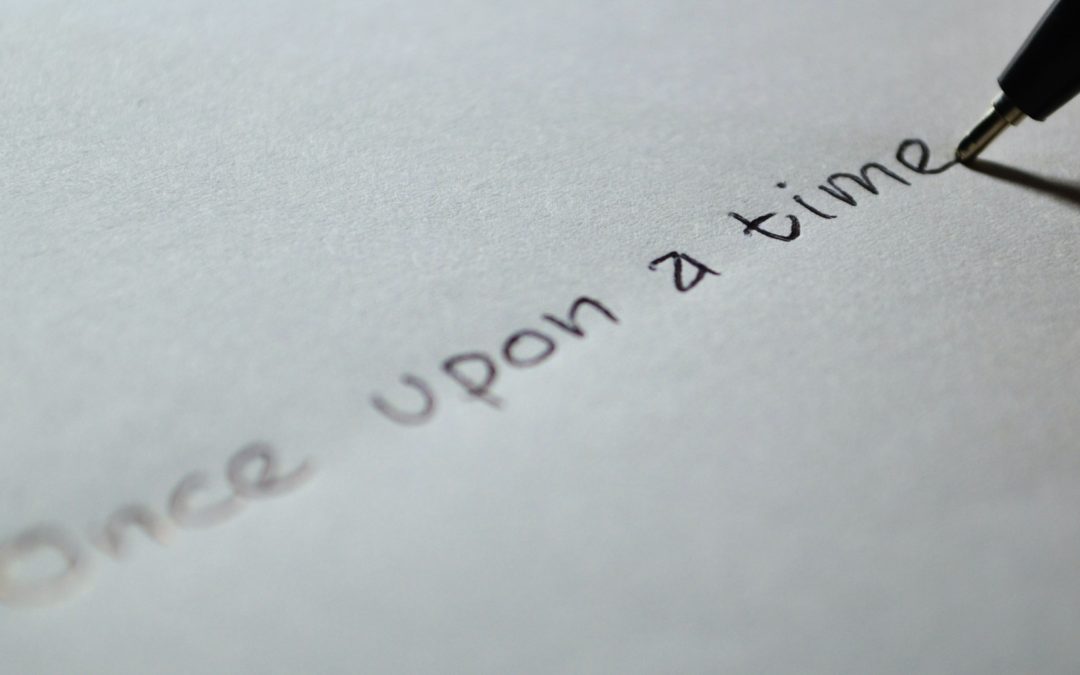It is not secret we’re all time poor and the rate of content washing across the Internet daily is increasing exponentially. There are stats for that but we don’t need a statistician to tell us it’s a serious amount. This is why structuring a blog is critical to capturing reader attention and keeping them engaged to the conclusion.
Of course, there’s more to consider than blog structure as part of your content strategy, but good structure is essential to creating content that gets read and shared.
Did you know what 80% of readers admit to clicking a headline and then abandoning the text?
Today, if you’re choosing not to be one of those abandoned statistics, read on for how to structure a blog for maximum readability.
An eye-catching, irresistible headline for your blog
There’s a lot of pressure on the headline. In the deluge of information we all receive every day, standing out is hard work. That’s why many writers choose to write the headline last. It is also why many writers draft a handful of different options and take a day or two to reflect which one works best. Writing powerful headlines is a whole blog topic in itself. Luckily we wrote one! Check it out here.
An introductory paragraph to your blog
It’s a fact that nearly 45% of readers admit to skimming online material vs reading it fully. Armed with that insight, be crisp and clear in the introduction on what the blog is about, what the reader will get out of it and why they should keep reading.
We learn to love stories in childhood and its stories that engage readers of all ages. Open blogs with a story-style paragraph likely to engage your reader and set the scene for the body of the blog. Use personal experiences, statistics that make a point or a quote from a subject matter expert to get the blog started.
Share your personality and writing style and use those attributes to hook the reader into continuing down the screen.
Speak directly to the reader’s pain points. After all, your headline brought them to your blog – follow through on giving them what they need. Present the reader’s pain points in a relatable manner and position your blog as the solution.
To help with SEO rankings, make sure the targeted keyword appears in the introductory paragraph.
Image #1 in your blog
There are a few reasons images are important to use in blog posts.
Firstly, the average reader remembers images six times more easily than plain text.
Secondly, blog posts with images tend to attract more backlinks which are important for SEO rankings (some search engines give more credibility to websites with a high number of quality backlinks).
Not sure how many images to use in a blog? Common best practice is to include one image for every 350 words. Choose images which are relevant to the blog, are high quality resolution and attribute the source accurately (if applicable).
Sub-headings in your blog
Sub-headings are used to break up the text body and to tell readers what each section is about. Ideally, use a new sub-head for each new section of the blog. As. Much as you can, without the sub-headings reading awkwardly, include the target keywords in the sub-heads.
The main body of your blog
Here’s where you get into the full flow of your storyline. Allow your personality to come through in order to create rapport with readers.
You know how you get tired and overwhelmed when you see a huge block of text? Your readers do too.
Use techniques to break up big blocks of text including bullet points, charts, lists, pull quotes, bolded sections, diagrams and so on. Depending on how many words are in the main body, you might want to consider using more sub-headings to break up chunks of text.
Image #2 of your blog
Reinforce the main body of the blog with another relevant, high quality image and allow the readers to ‘rest’ their eyes before finishing reading (or skimming) the blog.
The call-to-action to end your blog
Close your storyline here and tie back to the opening of the story in the introductory paragraph. Aim to boost engagement by posing a question as you close the blog.
Include at least one call-to-action at the end of the blog. Actually, calls-to-action can be used at the end of the blog, in a side bar or the header.
Don’t ask for too much in exchange for the call-to-action to be completed by the reader, eg offer an ebook, download or registration in exchange for simple contact information. The more complex and valuable the offer, the more appropriate it is to request more information in return.
Importantly, be clear about the action you want the reader to take and how you want them to take it.
As we said at the outset, there is definitely more to consider than blog structure as part of your content strategy. However, creating good blog structure that informs readers quickly and easily and offers them a next step goes a long way to helping your content get read and shared.
Contact us to discover how we can help you create blogs with maximum readability.



Recent Comments